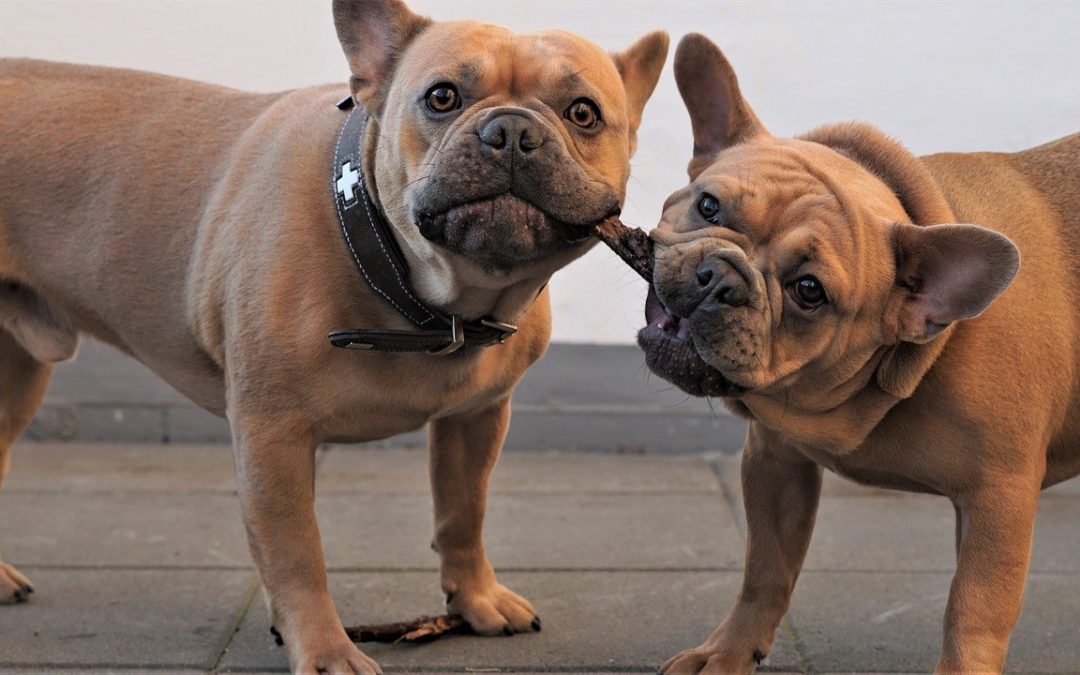Our canine companions bring joy and happiness into our lives, and it’s our duty to ensure their well-being. The last thing we want is for our dogs to suffer. But one aspect of a dog’s health that often goes overlooked is their oral health. Dental issues such as tooth abscesses can cause significant pain and discomfort for your furry friend. In this blog, we’ll explore the signs that may indicate your dog has tooth abscess, as early detection is key to keeping your dog happy and healthy.
What is a Tooth Abscess?
You’ve probably heard the term “tooth abscess” in reference to human teeth. But it’s actually just as common in dogs, and just as unpleasant.
A tooth abscess is a painful and potentially serious dental condition that occurs when bacteria enter the innermost part of a tooth or the gum tissue surrounding it. The bacteria infect the pulp, which is the soft tissue at the center of the tooth, and lead to the formation of a pocket filled with thick, yellowish pus. This pocket of infection is known as an abscess, which can cause significant pain, swelling, and even fever or difficulty swallowing.
When a dog tooth abscess is left untreated, it causes pain, tenderness, inflammation, swelling, and other symptoms.
Causes of a Dog Tooth Abscess
Several Internal or external issues can lead to an abscess in a dog’s mouth, such as:
- Poor oral hygiene. Believe it or not, you should brush your dog’s teeth and pay attention to his dental health on a regular basis. This will help in the prevention of tooth abscesses and other dental issues, such as gum disease.
- Oral Trauma. If your dog has experienced trauma to the face or head, his teeth may suffer.
- Chewing hard items, such as sticks or bones. This pressure can cause the tooth to crack or cut through the gums, making it vulnerable to invasive bacteria.
Physical Signs of an Abscessed Tooth in Dogs
Because dogs cannot communicate with words, we owners need to watch for physical symptoms that point to a tooth abscess, including:
- Only eating on one side of her mouth. This might be her way of avoiding the pain.
- Severe halitosis. While no dog’s breath is pine-fresh, a tooth abscess can cause especially bad breath.
- Swelling on her face or neck. The area with the abscessed tooth can become inflamed, and swelling might occur. The swollen area might also be hot to the touch.
- Drooling. While more common in cats, drooling may occasionally be seen in dogs with a dental infection.
Behavioral Signs
A dog with a tooth abscess may behave differently. Watch for signs of changes in behavior, such as:
- Refusal to be touched or petted, especially on the face.
- Aggression. A normally docile dog who starts growling or snarling is cause for concern.
- Excessive scratching at his face or mouth area.
- Crying or whining at unexpected times.
- Refusal to eat or drink. Extreme temperatures can worsen the pain of a tooth abscess. If your dog is hesitant to eat or drink, you should take her to the vet as soon as possible.
Dog Tooth Abscess Treatment
If you don’t catch the abscess early enough, it can spread to other parts of the body and cause serious health problems. If you suspect your dog has a tooth abscess, you need to bring him to the vet. The vet may administer the following treatments, depending on the severity:
- A root canal will remove the infection. It’s a serious procedure, but it’s also very routine and safe for dogs.
- Extraction may be called for if the abscess is large enough.
- Antibiotics will likely be administered after either procedure to prevent further infection.
- NSAIDs will likely be prescribed for pain.
Your Local Vet in Gilbert, Arizona
At East Valley Animal Hospital, our top priority is making sure your dog lives a long, happy, and healthy life. If you notice any sign that your dog is suffering from a tooth abscess, from a swollen face to a behavioral change, schedule a consultation today.
Images used under creative commons licence – commercial use (2/2/21). Image by Myléne on Pixabay.

